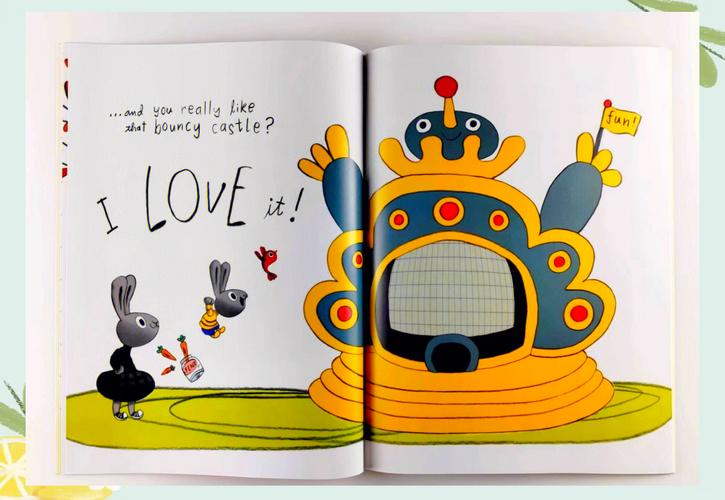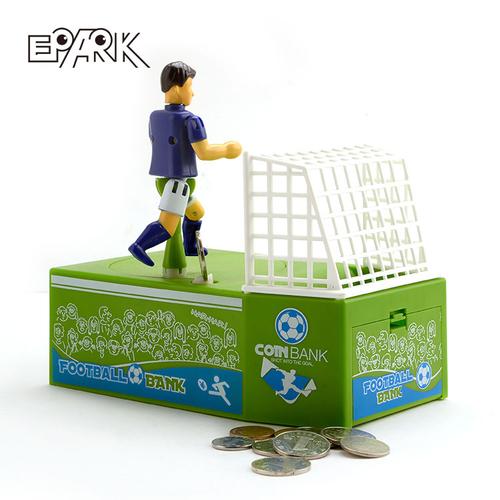
Designing Money Game for Kids: A Comprehensive Guide
Teaching kids about money management is a crucial skill that can shape their financial future. One effective way to do this is through engaging and educational money games. In this article, we will delve into the intricacies of designing a money game specifically tailored for kids. From the core principles to the implementation details, we will explore how to create a game that is both fun and informative.
Understanding the Target Audience
Before diving into the design process, it is essential to understand the target audience. Kids have varying levels of understanding and attention spans, so the game should be age-appropriate. Consider the following factors:

-
Age Range: Determine the age group for which the game is designed. This will help in selecting the appropriate level of complexity and content.
-
Learning Style: Identify the preferred learning style of the kids, such as visual, auditory, or kinesthetic, to tailor the game accordingly.
-
Interests: Incorporate elements that resonate with the interests of the kids, such as favorite characters or themes.
Core Principles of Money Management
Money games should focus on teaching kids the fundamental principles of money management. Here are some key concepts to include:

-
Income: Introduce the concept of earning money through various activities or jobs.
-
Expenses: Teach kids about different types of expenses, such as rent, groceries, and entertainment.
-
Savings: Encourage kids to save a portion of their income for future needs or goals.
-
Debt: Explain the concept of debt and its implications, emphasizing the importance of avoiding unnecessary debt.
Game Mechanics
The game mechanics should be engaging and interactive, making the learning process enjoyable. Consider the following elements:
-
Board Game: Create a board game with different spaces representing real-life scenarios, such as shopping, saving, and investing.
-
Card Game: Use cards to simulate various financial decisions, such as buying a toy or paying for a movie ticket.
-
App-Based Game: Develop a mobile app that allows kids to manage their virtual finances and track their progress.
Game Components
The game components should be visually appealing and easy to understand. Here are some essential elements:
-
Money Tokens: Use colorful tokens to represent different denominations of money, such as dollars, euros, or yen.
-
Expense Cards: Create cards with various expenses, such as groceries, transportation, and entertainment.
-
Goal Cards: Include cards that represent short-term and long-term financial goals, such as buying a bicycle or saving for college.
Scoring and Rewards
Scoring and rewards can motivate kids to participate actively in the game. Consider the following approaches:
-
Points System: Assign points for completing tasks, achieving goals, or making wise financial decisions.
-
Badges and Achievements: Reward kids with virtual badges or achievements for reaching certain milestones.
-
Real-World Prizes: Offer real-world prizes, such as a small allowance or a special treat, for exceptional performance.
Testing and Feedback
Before finalizing the game, it is crucial to test it with a group of kids and gather their feedback. This will help identify any areas that need improvement and ensure that the game is both enjoyable and educational. Consider the following steps:
-
Playtesting: Organize a playtesting session with a diverse group of kids to observe their interactions with the game.
-
Feedback Collection: Gather feedback through surveys, interviews, or focus groups to understand their experiences and suggestions.
-
Iterative Design: Make necessary adjustments based on the feedback received to enhance the game’s effectiveness and appeal.
Conclusion
Designing a money game for kids requires careful consideration of the target audience, core principles, game mechanics, components, scoring, and feedback. By incorporating these elements, you can





